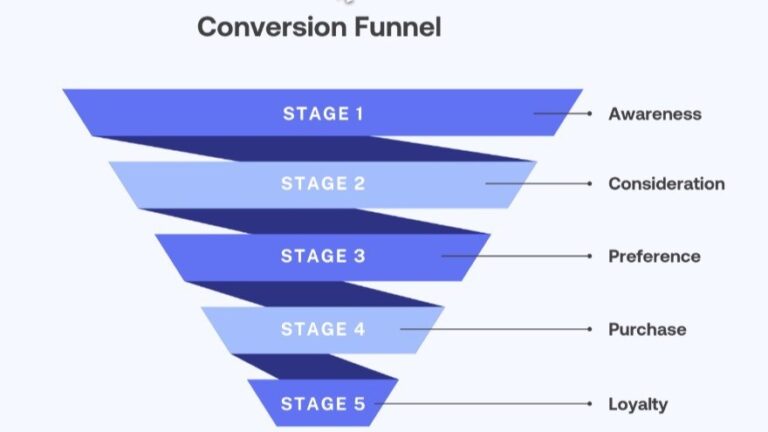Imagine a leaky funnel being used to pour water into a bottle. You start with a full jug, but by the time the water reaches the end, most of it has spilt away. This image perfectly captures what happens in online user journeys — visitors enter your funnel, but only a fraction reach the conversion stage. Funnel analysis and conversion rate optimisation (CRO) are the tools that help businesses identify where those leaks occur and how to seal them.
Understanding this process isn’t just about numbers; it’s about interpreting human behaviour hidden in clicks, scrolls, and abandonments.
Mapping the Journey: Where Users Begin and End
Every customer’s path to conversion is a story — one that starts with curiosity and ideally ends with action. Funnel analysis breaks that story into measurable stages: landing page visits, product views, cart additions, and purchases.
By monitoring how many users drop off at each stage, analysts can see where friction arises. Is the checkout page too long? Are users confused by pricing? Does the call-to-action lack urgency? These insights shape practical changes that directly impact revenue.
Many professionals refine their skills in this area through a business analysis course in Pune, where they learn how to translate complex user journeys into clear, actionable data-driven strategies.
Finding the Hidden Friction
Not all drop-offs are obvious. Sometimes, users exit because of invisible obstacles — a slow page load, unclear navigation, or emotional friction like mistrust. Analysing click heatmaps, session recordings, and scroll depths helps uncover these subtle pain points.
For instance, an e-commerce site may discover that most users abandon their carts right after seeing unexpected shipping costs. Or a SaaS platform might notice trial users disengage just before upgrade prompts. Recognising these signals allows businesses to redesign experiences that encourage continuation rather than departure.
Turning Insights into Optimisation
CRO isn’t merely about increasing numbers; it’s about creating smoother, more empathetic experiences. Once funnel analysis identifies the bottlenecks, A/B testing, personalisation, and content adjustments come into play.
Analysts often think like architects — reworking page layouts, modifying copy tone, or rearranging form fields to minimise cognitive load. Even minor changes, like repositioning a button or rephrasing a headline, can produce dramatic conversion lifts.
Structured learning frameworks, such as those introduced in a business analysis course in Pune, help professionals combine creative intuition with statistical validation, ensuring that each change is supported by data rather than assumption.
Measuring What Truly Matters
The success of funnel optimisation depends on identifying the right metrics. While conversion rate is the most visible indicator, secondary metrics — such as average session duration, bounce rate, and exit intent — offer a deeper understanding.
It’s important to view funnel analysis as a continuous loop, not a one-time project. Each improvement reveals new insights, prompting another cycle of observation, testing, and refinement. Businesses that treat this as an ongoing process consistently outperform those that rely on intuition alone.
The Human Side of Conversion
Behind every metric lies a person making a decision. Funnel analysis reminds us that conversions aren’t just transactions; they’re interactions built on trust, clarity, and engagement. When users feel understood and guided, they’re more likely to complete the journey.
Successful CRO teams don’t merely study data — they empathise with users. They listen, adjust, and improve continuously, blending analytical rigour with human-centred design.
Conclusion
Funnel analysis and CRO together form a bridge between user psychology and business performance. By understanding where users disengage and why, organisations can design experiences that inspire confidence and reduce hesitation.
In today’s data-driven landscape, the ability to interpret behavioural signals and translate them into measurable growth is a skill every analyst must master. When done well, it transforms websites from leaky funnels into seamless journeys — turning casual visitors into loyal customers.











